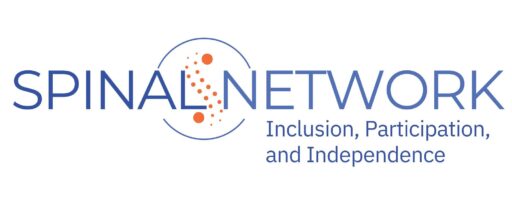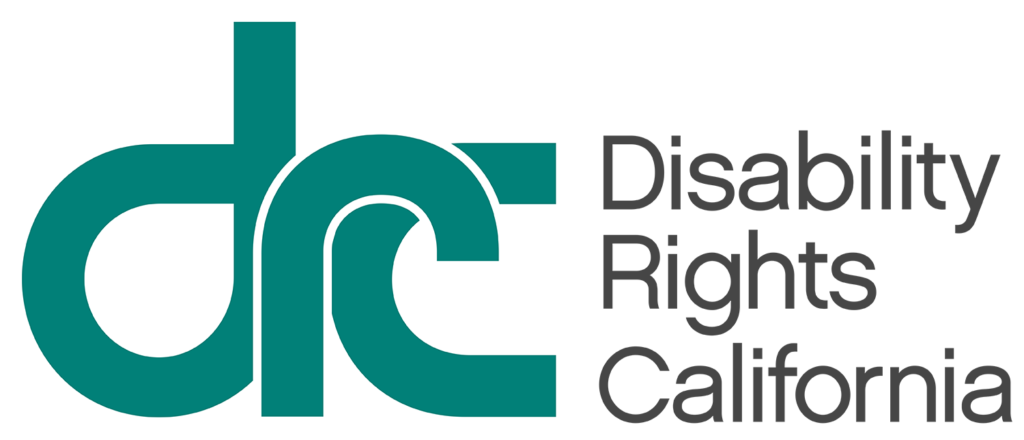July 26, 2020 marks 30 years since the signing of the Americans With Disabilities Act (ADA) which became a law to prohibit discrimination against individuals with disabilities.
For years people with disabilities and their allies fought to have basic rights, and this law makes sure people with disabilities have the same rights and opportunities as everyone else.
People who don’t have a disability can take for granted how easy it is to access some of the most basic areas around the community. But those with disabilities know how a trip to the grocery store or even movie theater comes with its own unique challenges.
61 million adults in the United States live with a disability, according to the Centers for Disease Control and Prevention, and each one of us is unique. As we celebrate this milestone, lets, take time to reflect on what the ADA means to us, “Thanks to the ADA,” and come together to continue our advocacy and conversations on civil rights and equality.

Get Involved on Social Media:
Tag us in a social media post and use the hashtag #ThanksToTheADA:
Facebook: @DisabilityRightsCalifornia
Twitter: @DisabilityCA
Share a moment in your life when you were thankful for the ADA or what the ADA means to you, and/or how we as a community can continue the conversations on equality and civil rights.

Thanks to the ADA
Over the last 30 years, the ADA has encouraged businesses to provide ramps for wheelchairs, accommodations, tools for employees, ride-sharing services, wider doorways and much more. A more detailed look can be found here at Rewire News.
The ADA is an essential part of our world. It gives civil rights protections to people with disabilities that are like those given to people based on race, sex, national origin, and religion. It guarantees equal opportunity in employment, public accommodations, transportation, state and local government services, and telecommunications.
Also, People with disabilities now live in their homes instead of institutions, as established in the Supreme Court decision to enact the Olmstead Act.

Get to Know theHistory of the ADA
1988
The ADA was first introduced to CongressMay 4, 1977
Section 504 regulations were issued, which formed the basis of the ADA. Section 504 regulations were established, recognizing the economic status of people with disabilities was not due to the disability itself, but was instead due to prejudices and barriers.July 26, 1990
The ADA was enacted in to law with a signing ceremony at the White House1999
The Olmstead Act, or Olmstead v. LC Supreme Court decision was based on the Americans with Disabilities Act. The Supreme Court held that people with disabilities have a qualified right to receive state funded supports and services in the community rather than institutions. For more information, visit https://www.olmsteadrights.org/.
For more history, visit this Disability Rights Education & Defense Fund: https://dredf.org/about-us/publications/the-history-of-the-ada/ or ADA Network at: https://adata.org/learn-about-ada

How you can Celebrate the ADA this month and Continue Important Conversations on Civil Rights and Equality
From: Global Disability Inclusion
For individuals:
Take a Disability Inclusion Webinar: Take a one-hour webinar on disability inclusion. Leaders, ask your team members to join you in learning something new to amp up the opportunities for educating others about disability inclusion.
DRC’s free webinars: https://www.disabilityrightsca.org/events
Disability Organizing Network webinars: http://disabilityorganizing.net/training-events/training-library.php
Get Social: Utilize your social media platforms to talk about disability inclusion. Post articles, events and inclusion tips. Use the #ADA30 and #DisabilityInclusion or #InclusionMeansEveryone hashtags.

